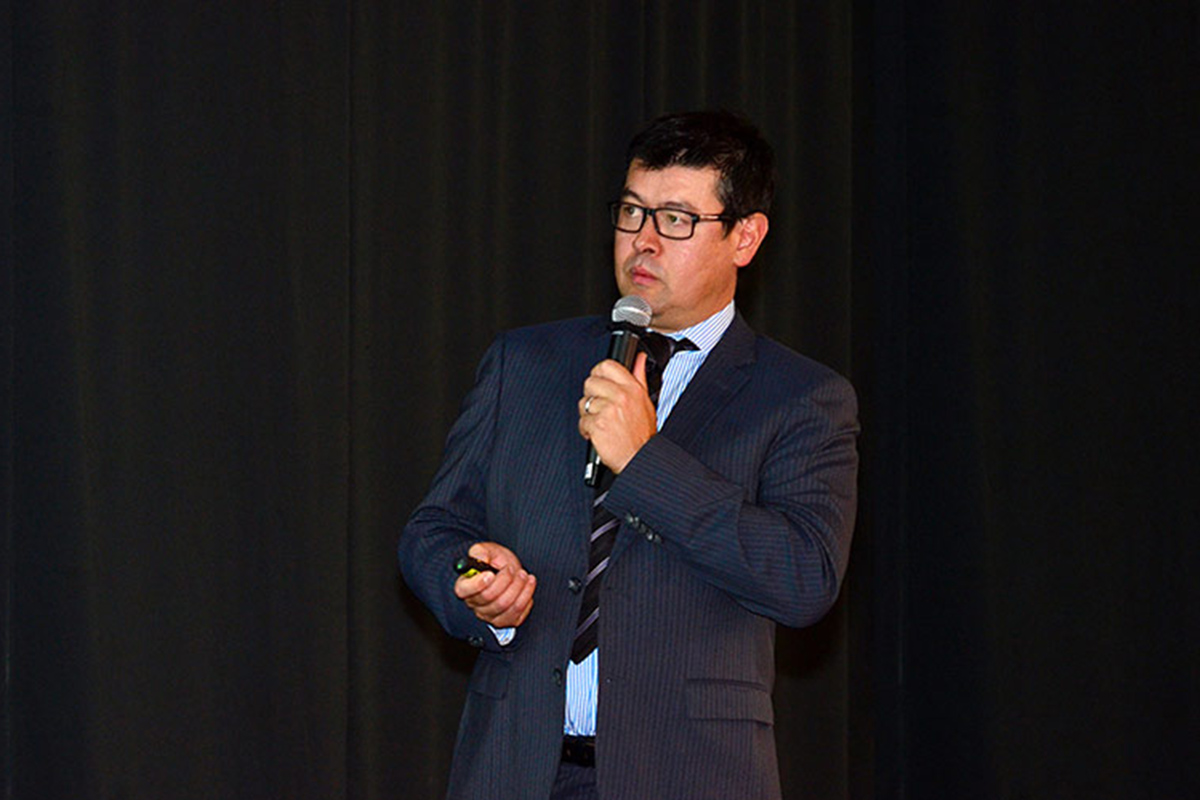Trends show the number of buildings and building heights are increasing. Pushing the need for more skilled engineers equipped with better tools to evaluate and guarantee the safety and performance of our structures.
Design standards that lead to reliable structures are imperative for modern infrastructure.
Join Professor Brian Uy as he presents on his paper which provides background to the development of the new Australia-New Zealand standard for Composite Steel-Concrete Buildings, AS/NZS 2327.
New design approaches = new standards
As part of the significant development of this standard which deals with composite slabs, beams, columns and systems, a range of reliability studies were carried out in accordance with ISO 2394.
Although composite steel-concrete structures have been used in practice for over a century, the rapid advances in materials and innovative systems has required a rational approach to the development of prescriptive design approaches.
Reliability studies on shear connectors, composite beams and composite columns were carried out to ensure that the effects of material variations and the effects of model inaccuracy are able to be reflected. These studies will be highlighted in this paper.
Developments on reliability of shear connectors, composite beams and columns
Furthermore, international developments in this area, in particular in Europe, the USA and Australasia has also highlighted the need for the development of databases of test data, which can be used by code developers in the future. Some brief examples of this will be given in this presentation.
What can we do?
Join us at the Metals Industry Conference 2017 for our #HERAsessions, where Brian will be providing an understanding on how design creates reliable structures that meet the future needs of our communities.
We’re excited with the core messages he’ll bring to our members about what is ahead for manufacturing in New Zealand.
Update shared by our Manager Information Centre Brian Low
